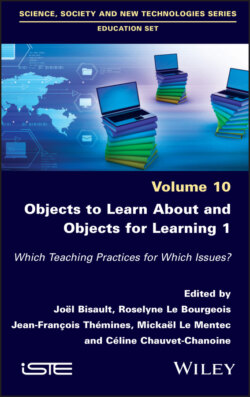Читать книгу Objects to Learn about and Objects for Learning 1 - Группа авторов - Страница 21
I.1.2. School supplies, approved or prohibited objects
ОглавлениеIn the school resources store cupboard, “learning objects” are also supplies that show technological and commercial progress, for example writing implements (Reynolds fountain pen (1942), Bic pen (1952), Pentel felt tip (1962), Pelikan eraser (1977)) replacing the pen-holder, blotters, and inkwells (often hijacked into becoming receptacles for bits of chalk!). However, not all objects are allowed in school. We should not forget the long controversy that began in the late 1950s about Bic pens, debated in the notes of the journal L’Éducation Nationale from 1957 to 1965, at which point a circular gave it approval3. The same happened again more recently with the prohibition of the use of cutters, considered dangerous but also a Class 6 weapon4. For different reasons, programmable calculators are generally forbidden during exams5 while the use of cell phones is forbidden in class even if having them in one’s possession is permitted6.
The presence of objects at school is thus regulated and depends on educational issues and therefore education policies. Vincent (1980) looks back on the arrangements of space and furniture and the function of supervision: the playground as a transitional space, the platform and rows of tables to structure the displacement flows; preference for tables with two places, with a rack with perforations for checking the hands; a slate with a special pencil and copper pencil holder to check handwriting movements or to monitor learning progress following the familiar “La Martinière” process… In the same spirit, wooden rifles have been approved and recommended ever since the bloody defeat of Sedan which led to the fall of Napoleon III and the establishment of the Republic. The desire for military preparation at school was therefore in the spirit of the times, as Paul Bert pointed out in a speech to teachers delivered on September 18, 1881:
We want rifles for school… yes, rifles, little rifles that each child will learn to handle from school, the use of which will become for him something instinctive, that he will never forget and that he will not need to learn later. For this little child, remember this, is the citizen of the future, and in every citizen there must be a soldier; and a soldier who is always ready. (Bourzac 2004, pp. 86–87)
As early as 1882, gymnastics and military exercises were on the syllabus with the acquisition by municipalities of wooden Flobert-type rifles in order to prepare pupils in middle and higher classes in the handling of weapons, a process of initiation that continued in school battalions. These were “objects to learn about” in order to respond to the political challenges of the times, in the same way as cooking utensils, brooms, etc. contributed to girls’ personal and professional training in household education. Similar factors can be identified for the inclusion nowadays of learning objects such as educational robots (BeeBots) or other programmable objects that play a part in teaching algorithms and computer science, introduced in the early 1980s (Big Trak, the floor turtle, Lego, etc.) then abandoned and recently rediscovered.
